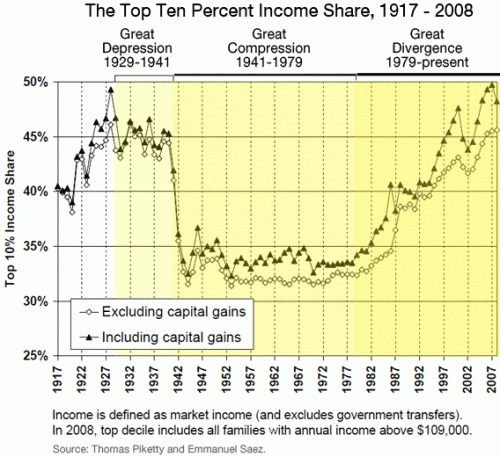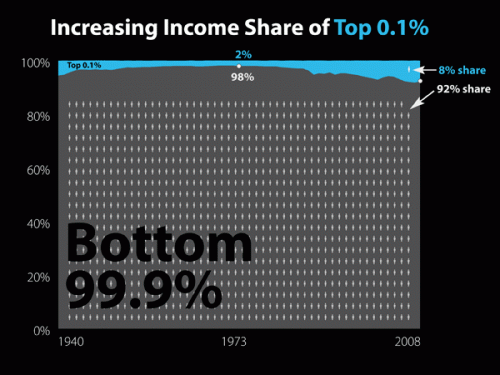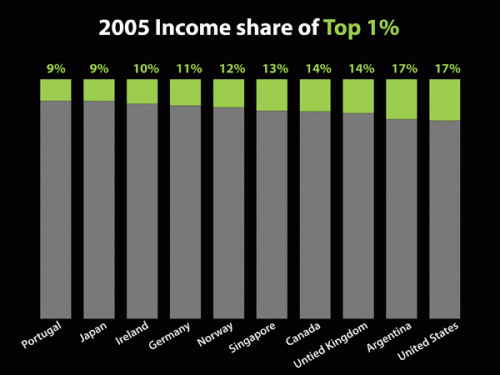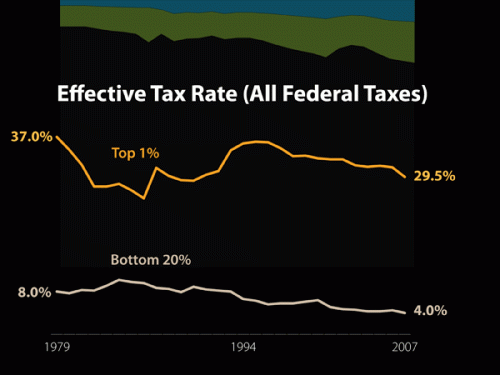Dr. Paul Baker, a linguist at the University of Lancaster, sent us some graphs from his analysis of use of gendered language over time in the U.K. His data consisted of “four sets of data from written British English from 1931, 1961, 1991 and 2006 (a million words each)” — a full discussion of the methodology will be available in the forthcoming article in Gender and Language.*
First, Dr. Baker looked at use of male and female pronouns (he/his/him vs. she/hers/her) over time:
Clearly male pronouns are still used more than female ones, but the gap is narrowing. Baker found that though part of the reason is that male pronouns are more likely to be used generically to refer to everyone than female pronouns are, the major reason is that men are discussed more than women.
Here are the data specifically for the four words “man,” “men,” “woman,” and “women”:
Notice that the use of the plurals — “men”and “women” — have converged, though we still see higher usage of the male singular than of “woman.”
And finally, Dr. Baker looked at the usage of four gendered titles:
A large decrease, obviously, especially in the use of “Mr.,” but all have tapered off since the 1930s with the exception of “Ms.,” which never did really catch on. Baker argues that while some of the decrease may be due to attempts to use less sexist language, it’s more likely because of more informalization of society in general — titles of address often seem stiff and overly formal today.
Of course, this analysis just tells us the frequency with which these terms are used, not what is actually being said about men and women, a topic he addresses in the full article. But he concludes that the trend is rather encouraging for those who want to see more equal gender representation in terms of language.
* Baker, P. (2010) ‘Will Ms ever be as frequent as Mr? A corpus-based comparison of gendered terms across four diachronic corpora of British English.’ Gender and Language. Forthcoming.
















